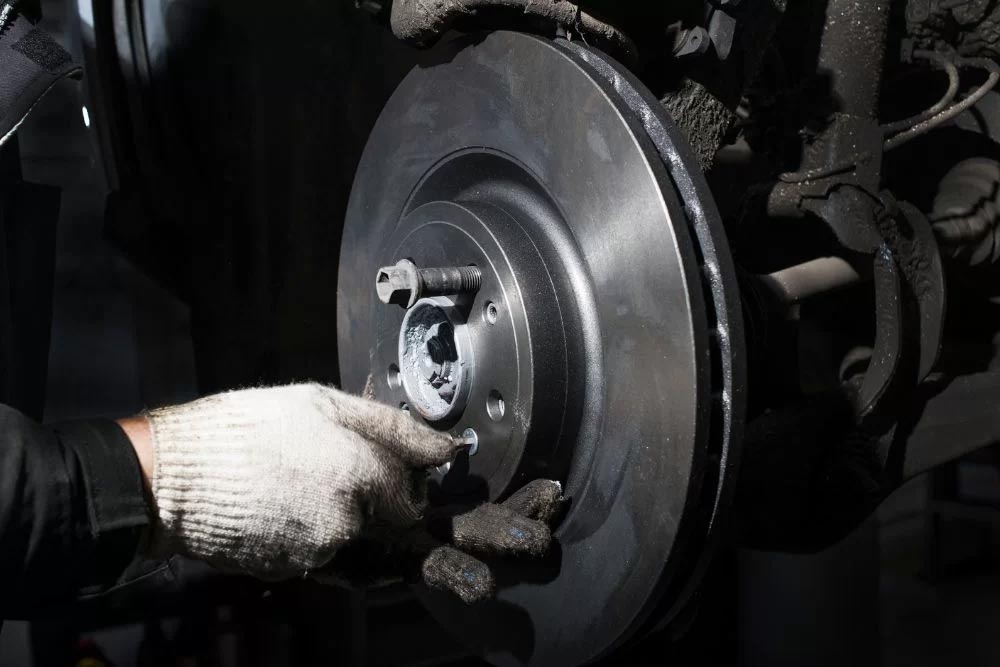Brake Pads: Your Vehicle’s Silent Guardians

In the intricate world of automotive engineering, brake pads stand as uncelebrated heroes, quietly ensuring your safety every time you apply the brakes. These seemingly ordinary components are essential to your vehicle’s braking system, converting your foot’s pressure into the stopping power needed for a secure journey. We will explore the indispensable role of brake pads, the various types available, how to recognize signs of wear, and when to consider a replacement.
Understanding the Vital Role of Brake Pads
Brake pads are the linchpin of your vehicle’s braking mechanism, tasked with the critical mission of converting kinetic energy into heat through friction. When you engage the brake pedal, hydraulic pressure activates the brake calipers, compelling the brake pads to press against the spinning brake rotors. This friction is what ultimately brings your vehicle to a stop. Without well-maintained brake pads, this crucial process would be compromised, jeopardizing your safety on the road.
Different Types of Brake Pads
- Organic Brake Pads: Also known as Non-Asbestos Organic (NAO) brake pads, these are made from organic materials like rubber, glass, and Kevlar. They provide a smooth and quiet ride and are budget-friendly. However, they tend to wear out faster, especially under heavy usage.
- Semi-Metallic Brake Pads: Semi-metallic pads are a blend of metal fibers and other materials. They excel in providing robust stopping power, making them ideal for high-performance vehicles. On the downside, they generate more brake dust and may produce noise.
- Ceramic Brake Pads: Ceramic pads are the pinnacle of brake pad technology, celebrated for their outstanding performance, longevity, and minimal noise and dust production. While they come at a higher price, their benefits, including a smoother and quieter ride, often justify the investment.
Recognizing Signs of Brake Pad Wear
Regular brake pad inspections are crucial for safe driving. Be vigilant for these common indicators that your brake pads may need replacement:
- Squeaking or Squealing: A high-pitched noise when applying the brakes is a clear indicator of worn brake pads.
- Reduced Braking Performance: If you notice increased stopping distances or a spongy brake pedal, it’s time to consider new brake pads.
- Vibration or Pulsation: Uneven wear on brake pads can lead to vibrations or pulsations felt through the brake pedal during braking.
- Warning Lights: Many modern vehicles are equipped with brake pad wear sensors that activate dashboard warning lights when it’s time for a replacement.
Determining When to Replace Brake Pads
The lifespan of brake pads can vary depending on factors like driving habits and environmental conditions. As a general guideline, consider inspecting your brake pads every 12,000 to 15,000 miles. However, always remain attentive to the warning signs mentioned earlier. Addressing worn brake pads promptly can prevent more extensive and costly repairs.
In conclusion, brake pads may be small in size, but their role in ensuring your safety on the road is monumental. Regular maintenance and timely replacements are non-negotiable to keep them performing optimally. Remember, well-maintained brake pads are your assurance of secure and efficient stops, allowing you to navigate the road with confidence and peace of mind.
